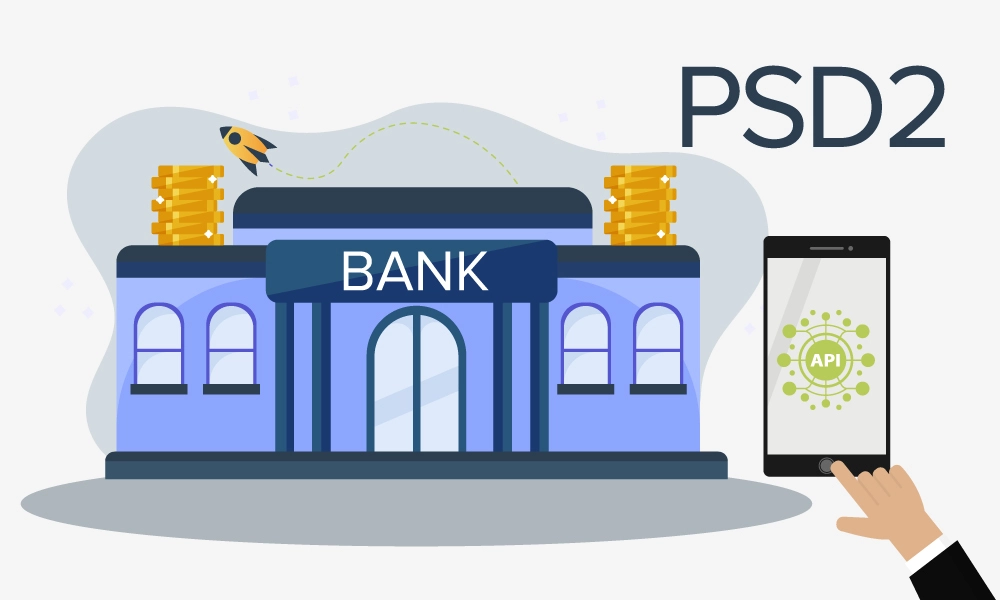The Revised Payment Services Directive or PSD2 is amongst the most progressive legislations aimed at revolutionizing the payments and the banking industry. The directive strongly focuses on emphasizing payment security, innovation, and market competition. It also aims to introduce new financial services and market players in the sector.
To explain what PSD2 is – the directive requires banks to share access to data with other qualified payment service providers (PSPs) through APIs to manage account data and initiate payments on behalf of users. This means that customers can use third-party services to manage their bank accounts and online payments.
For banks, the directive poses substantial economic challenges. Operational cost is expected to rise due to new security regulations and the opening of APIs. Also, as new players (AISPs and PISPs) take over the market, banks may find it difficult to differentiate themselves when offering financial services.
That said, established banks and financial institutions are increasingly at risk of losing the market share to Fintech firms. The biggest question here for banks is how they can compete with Fintechs to sustain in the market?
Customer preferences
Consumers have already been accustomed to relying on non-banks for day-to-day payments. Services like Paypal have already existed for years in the market and has gained significant trust. Tech giants like Apple and Facebook are also trying to reap benefits from the vast market with innovative services.
With customers becoming more technology-friendly, banks need to follow the trend too. They must offer financial services that are faster, more personalized, and easily accessible.
By this, they can differentiate themselves from the competition and generate real value. Some banks have already begun to adopt the open banking approach to supplement better and more convenient financial services.
Raising the security levels
PSD2 focuses on enhancing security measures when it comes to sharing account details and making payments. With a new authentication system called SCA or Strong Customer Authentication, the directive aims to reduce the chances of frauds and make online payments more secure. According to SCA, every transaction will be authenticated by at least two of the three possible methods:
- Knowledge: something only the user knows, such as a PIN or a password.
- Possession: something only the user possesses, such as a token or a card.
- Inherence: something the user is, such as a fingerprint or an iris scan.
With the strong position that banks hold in consumer trust, they still have better prospects in terms of payment authentication. Banks must adopt new security methods to stay competitive in the market.
Conclusion
Most banks are actually in a wait-and-see mode. However, to stay up and running in this financial market, banks need to adapt, innovate, and seek out solutions that offer customers with value-added services. This might also include collaborating with Fintech firms (becoming AISP or PISP) and build strategies to leverage open banking.
We predict that banks need to focus on customer engagement and adopt newer revenue models to sustain for a longer run. Furthermore, collaboration with technology companies will be the key to remain competitive in the market.




